First of all, Happy Easter! In St. John Chrysostom’s ancient, triumphant words: “Hell took a body, and discovered God. It took earth, and encountered Heaven. It took what it saw, and was overcome by what it did not see.” Though we’re always celebrating this miraculous reality, the season between Easter Sunday and Pentecost is specially dedicated to our mystical celebration—so keep gleefully Eastering on, friends.
Today’s post is a lot of things. It’s a bit about what’s going on in my “real life.” It’s a bit of a thank you note for everything that’s happened in my first year on this platform. And it’s also an opportunity to shoutout some of my own favorite writers on Substack, because my first year on Substack included a lot of reading as well as writing. If this kind of longwinded update isn’t your cup of tea, no worries: I’ll be back with my usual familiar essays (and the odd poem) on Mondays after this, so feel free to skip this—though I recommend at least skimming through to the “Friends of the ‘Stack/My Favorite Reads” sections to hear me rhapsodize about some other great writers.
But before I get into all of those things, here are a few projects I’ve done with various literary friends in the past month that some of my readers might have missed.
This conversation that
and I had about essays, free verse, and a number of other things:This poem I wrote for
’s publication, A Stylist Submits:My poem, “Notes from the Emergency Room”, in the latest issue of
:The sound of running water…
Moving on…I have new banner artwork! (At least, for those of y’all who read in email.) Commissioned from my talented younger sister. I told her I wanted something that works with my publication name, and she came up with the above cool, antique fountain that looks like it’s in a faintly flooded and overgrown courtyard, done in watercolor and ink.1 I love it.
I was thinking about my sister’s fountain painting and the significance of water during a recent read of George Macdonald’s Phantastes, and I kept coming back to the scene in which Anodos first enters Faerie Land:
“I suddenly…became aware of the sound of running water near me; and looking out of bed, I saw that a large green marble basin, in which I was wont to wash, and which stood on a low pedestal of the same material in a corner of my room, was overflowing like a spring; and that a stream of clear water was running over the carpet, all the length of the room, finding its outlet I knew not where…[Springing] from the bed, my bare feet alighted upon a cool green sward; and although I dressed in all haste, I found myself completing my toilet under the boughs of a great tree, whose top waved in the golden stream of the sunrise with many interchanging lights, and with shadows of leaf and branch gliding over leaf and branch, as the cool morning wind swung it to and fro, like a sinking sea-wave.
After washing as well as I could in the clear stream, I rose and looked around me. The tree under which I seemed to have lain all night, was one of the advanced guard of a dense forest, towards which the rivulet ran. Faint traces of a foot-path, much overgrown with grass and moss, and with here and there a pimpernel even, were discernible along the right bank. “This,” thought I, “must surely be the path into Fairy Land, which the lady of last night promised I should so soon find.” I crossed the rivulet, and accompanied it, keeping the footpath on its right bank, until it led me, as I expected into the wood.”
If there’s a “theme” that I want to embody in my writing for Year 2 on Substack, it’s something like this. The inbreaking of the spiritual world into the ordinary is a recurring theme in my life and my essays, and Macdonald’s novel is a beautiful picture of what that looks like, transformed into a fairy story, so I hope to try and capture, as always, what that inbreaking feels like and what it means—what happens when our everyday basins overflow and become streams leading us into the woods of Fairy Land.
In keeping with the Phantastes theme, I’ve organized my Substack into three sections: Cosmo’s Mirror (poetry), The Hall of Statues (familiar essays), and The Library of the Palace (academic articles/reading lists). The reason for this is that I post a variety of things—poetry, familiar essays, booklists, and occasionally more academic pieces—and I find that each kind of piece tends to pull different readers for different reasons. If you’d prefer, you can now choose to just subscribe to a particular section: if you’re only here for poetry, or my occasional more academic thoughts, or for familiar essays, it’s possible to subscribe to that section and filter out the rest. If you’re here for all of it, then don’t worry about changing anything.
(Also, a brief reminder that most of the writers you subscribe to on Substack have stores of old writing on their publication worth checking out! We get used to expecting regular new content from online writers, but all of them—myself included—have old posts that you may not have read and might enjoy. So if you’re ever in the mood for a new-to-you Stream of Words essay, I’ve written a lot of pieces over this past year, some of which I highlight later in this post.)
Before we get much further into Season 2, however, I want to take a moment to look back at the year that’s already happened.
Season One
A few quick stats:
By my estimate, I’ve written something like 80,000+ words in the past year on Substack, which is crazy to me. That level of consistency has had a huge effect on my writing: I can come up with an idea, write, and revise in a much shorter timeline and produce a much tighter, more vivid piece than I could at the start of last year. So my original goal of keeping myself in the weeds of writing has worked out pretty well.
A Stream of Words now has roughly 530 readers. Which is, again, crazy. That’s a lot of people occasionally tuning in to hear me talk about stuff. I’ve also noticed that y’all are an incredibly active group of readers, which I’m so thankful for: people leave comments and jump into conversations about the ideas I love writing about, which is easily my favorite part about regularly writing for a readership.
A Stream of Words is recommended by 25 other wonderful Substacks, which is a great example of how artists on this platform are dedicated to supporting each other’s work. (And a sign that I have really cool friends.)
Writing Highlights:
My longest essays (shoutout
for inspiring two of them):My most-read essays:
Some of my personal favorites:
The first poem I ever shared on Substack:
My most popular poems:
My Season One plot arc:
In May of 2024, I graduated with my B.A. My plan was to start teaching and eventually go for a master’s, while also hoping to finish a novel in the next couple years. To that end, I worked a semester teaching and tutoring at various age levels, from second grade to high school to a college Creative Writing workshop. I started looking for full-time teaching positions for next year. Then, in mid December, I was in a severe car accident: car totaled, three hours in a chair having my face stitched back together, had-to-quit-my-jobs-and-move-back-in-with-my-parents kind of severe. (I’ve had more fun Christmases, for sure.) That threw a wrench in my life plans.
The past four months, I’ve been trying to figure out what the next season looks like, while also recovering, not only from the accident, but from four and a half years of doing everything at maximum intensity and then wondering why I was tired all the time. I moved out of my parents’ house at eighteen and have been in and out of apartments and jobs and somewhat intense dating relationships since then, while trying to keep up with college classes and then multiple teaching jobs, all while writing my own stuff. So it’s been nice to have a slower season: I’ve been working at a coffee shop and a bookstore, and writing for Substack, and hanging out with my family, and that’s been great. But it is a transitional season, and The Rest of Life is waiting around the corner. I don’t know yet exactly what that’ll look like. I’ve been accepted into an MFA program, and I’m looking forward to classes in the fall, Lord willing. But that brings us to…
Season Two:
So what now? One thing I’m trying to be mindful of, moving forward: though I’ve loved writing on this platform, and have seen my writing grow and change as a result, I want to produce lasting work that can exist and flourish offline. Which means spending less time writing for Substack and more time in deep, long periods of writing and editing. Probably I’ll put that focus towards my novel, a longer collection of essays, or more poetry. Nothing about my writing schedule will change for a few months (I’ll still be posting once a week, on Mondays), but in late July or August, I may shift to biweekly or monthly newsletters, depending on what my life looks like and whether I can keep multiple creative plates spinning at the same time. Of course, I’ll keep readers aware of any changes to the ‘Stack, but that’s just a heads up that this next year on Substack may be somewhat less regular than the last one.
Speaking of The Novel, I thought it might be fun to share a bit about it, in case people were curious.
The Novel:
I don’t talk about my novel much, partly because I’ve only written 25,000 words of it, so it’s still a fairly new endeavor, and also because I’ve found I have to keep storytelling pretty close to my chest until it’s finished, unlike poetry or essays. But because people might be interested, here are a few details.
I’ve been calling it “a spiritual retelling of The Faerie Queen.” It’s not a strict retelling of St. George and the Dragon, but Spenser’s telling provides a sort of framework on which the novel hangs.
My two chief influences are Ray Bradbury’s Something Wicked This Way Comes and the novels of Charles Williams, though Dostoevsky haunts some areas, and a major plot dynamic was inspired by Evelyn Waugh’s quote about Brideshead being the story of “the operation of grace on a group of individuals.”
So far, it includes: a Midwestern small town, alchemy, brief mentions of punk bands, young heroes, true love, mentions of various poets and philosophers, what John Gardner calls “an essayist narrator” who is “virtually a character in the story”, ancient kings and queens, cosmic powers, eagles, and a lake.
It will probably be many years, if ever, before I show it to people, because it is such an embarrassingly rough draft right now. But it exists! And I hope to add more to it this year.
And then lastly, one final word about my own personal Substack, which is…
To supporting subscribers:
Dear paid subscribers: thank you for continuing to support this little Substack, even though I’ve not written any particular content for my supporting readers since the accident in December. (Shame upon me, and my deepest apologies.) My plan moving forward is to share another, special essay two Fridays a month, starting in late May or June—though again, that plan is subject to revision at the end of the summer, depending on how pieces fall into place. I have some neat stuff lined up for that: an essay series about different states I’ve lived in, a piece on childhood, a lot of writing specifically about place and memory, which hopefully will resonate with people.
Lastly, for all y’all wonderful readers of all sorts and levels of support, I’m always happy to hear your thoughts on what I’ve written and on what you’d like me to write about. I generally go out of my way to avoid hot topics and online discourse, but I have had folks shoot me a note in the past to ask about further thoughts on philosophy or attentiveness to nature or any of the above, and then I usually end up writing about said things. (Though I write about said things anyways, so it’s not really much of a course correct, I guess.)
Okay, housekeeping details out of the way, now I get to talk about fun and interesting stuff: people on Substack that I’ve loved reading this year, and that I think y’all should be reading too, if you aren’t already.
Friends of the ‘Stack/My Favorite Reads:
, Rhyme N’ Metre: Tom is sort of like if Keats and Tennyson were the same poet, but also Australian. He’s one of the first poets I started reading on Substack, and after months of reading his stuff, I can accurately say that everything he publishes is masterful. Check out: his longer narrative poem, “The Sailor’s Lament”, or any of his Sonnets, which are probably the closest thing we have to a contemporary Sonnets from the Portuguese (with more variation in theme): ordinary and familiar emotions shaped into rich language and allusion.
, Bad Catechumen: Every time one of Sam’s poems come into my inbox, I sit up and pay attention. They make me pay attention, with their sharp imagery and invitation into mysteries that don’t unravel easily. Sam is hands-down one of the most interesting poets on Substack, and everyone should check out his work.Check out: “Orpheus on All Hallows AM”, “Crownland”, “Spring Declension”, or “Cut-flower Theory.”
, Sonnets and Other Stories: Caelyn is the actual first poet I started reading on Substack, because she’s one of my Real Life Friends. But she’ll tell you that I’m capable of giving her unbiased feedback, and so when I say that she’s a talented devotional poet in the line of George Herbert, writing with musicality and spiritual depth, I’m not just saying that because we’re friends—it’s because it’s true.Check out: “Pulse”, “Woven”, “Sanctification”, or “Covered.”
, Poetics with Robert Charboneau. Robert writes fantastic poetry and readable essays on poetic theory (the second’s a lot harder to do, in my opinion). I also think he’d write killer familiar essays, because he has the perfect blend of wide-ranging knowledge, literary style, and humor that makes for a great essayist. (C’mon, Robert, be the Dillard you want to see in the world.)Check out: his series “The Men Who Think of Rome,” which pairs poems about various Romans with historical notes—it’s artistic and educational. Also Lord let us at times be less efficient, which is one of my favorite poems he’s shared.
Other poets worth reading (who I’d take the time to shoutout in more length if this email wasn’t already going to be ridiculously long):
, , , , , and , who are not only fun and thoughtful poets in their own right, but also people who consistently take the time to read and respond to the stuff I share. A particular commendation and thanks to , who’s been a faithful supporter of a number of us Substack poets this year. Cheers, y’all.Other writers I love that you should read:
, Life Considered: Haley exemplifies one of my favorite kinds of people: people outside of traditional academia who embody the intellectual life, who are always reading and talking about ideas because they really love reading and talking about ideas. Haley’s newsletter is a kind of love letter to research into ethics, theology of the body, the spiritual life, literature, and so much more., Over the Field: True story, one time I made a high school class read and discuss a Hadden Turner essay as part of our conversation about “using” vs “enjoying” the natural world. I think the ideas Hadden shares through his newsletter—about consumption, attention, wisdom, and stewardship—are some of the most important conversations we can be having in the digital age. He’s also a great nature writer, with beautiful observations on different plants or animals woven throughout his work., The Green Door. I feel like Carolyn is a little bit “who I want to be when I grow up”: literary, artistic, thoughtful, really well-read in various medieval mystics… Both her own posts and her work with ’s monthly “Ekstasis, Curated” are great places to find beautiful words and ideas., Imprints: I got to know Rebecca just a bit while serving on a youth ministry team alongside her, and was delighted to find that we share a love for writing. My first impression of her, over lattes at a Nashville coffee shop, is that she was living a richly textured life, one that involved art, friendship, work, and a deep love for God. That same texture comes out in the thoughtful reflections that she shares on Substack as well. , Attention Span: Sometimes, the Internet does a cool thing and introduces you to like-minded people. But even rarely—very, very rarely—it does something better and introduces you to someone with your exact same sense of humor. Hope is one of those people for me. Occasionally she’ll post something on Notes that makes me snort and then kind of side-eye it, like, “Are we the same person?” She’s also brilliant, and insightful, and has a great grasp on virtue ethics and how to apply them, which is a delight to see in her various pieces on Substack., Reality Theology. I don’t need to recommend Griffin’s Substack. We all know why it’s great. I recommended him at some point in some of my earlier newsletters, and now I have family members and friends who come up to me in person and say, “I’ve been reading that Griffin guy that you mentioned on your blog and his latest post on XYZ was so good!” Way to co-opt my own local readership, Griffin. Lastly, I would be remiss in sharing some of my favorite newsletters on Substack without also mentioning
. Again, this is one I don’t really need to recommend, because I imagine most of the people who read my publication are familiar with the magazine, but if you’re not, this is a great place to find literary Christian writing online.A final, especial, and particular thank you to the friends and family members from real life, who’ve been reading my stuff for years and years, even before I decided to get really cool and start publishing all my personal thoughts and info online. One of the greatest blessings of my literary life is that I have aunts and uncles and former college professors and cousins and old church friends and parents and siblings-who-accidentally-turned-on-a-paid-sub-but-leave-it-on-because-they-love-me (thanks bro) who are willing to read my work and tell me that it matters to them.
This post has been entirely too long, given that it was only supposed to be a sort of “here’s what’s happened in my first year of writing on Substack”, but if you give a writer a keyboard…many words will follow. In summary: thanks to all of you for reading. I’ll go get back to work writing the usual essays now.
Also, putting “woman of letters” underneath my name is incredibly pretentious (and inaccurate) thing to do, but it’s an incredibly pretentious thing I’ve been doing since I first started a blog in high school, so it’s too late to stop now.



















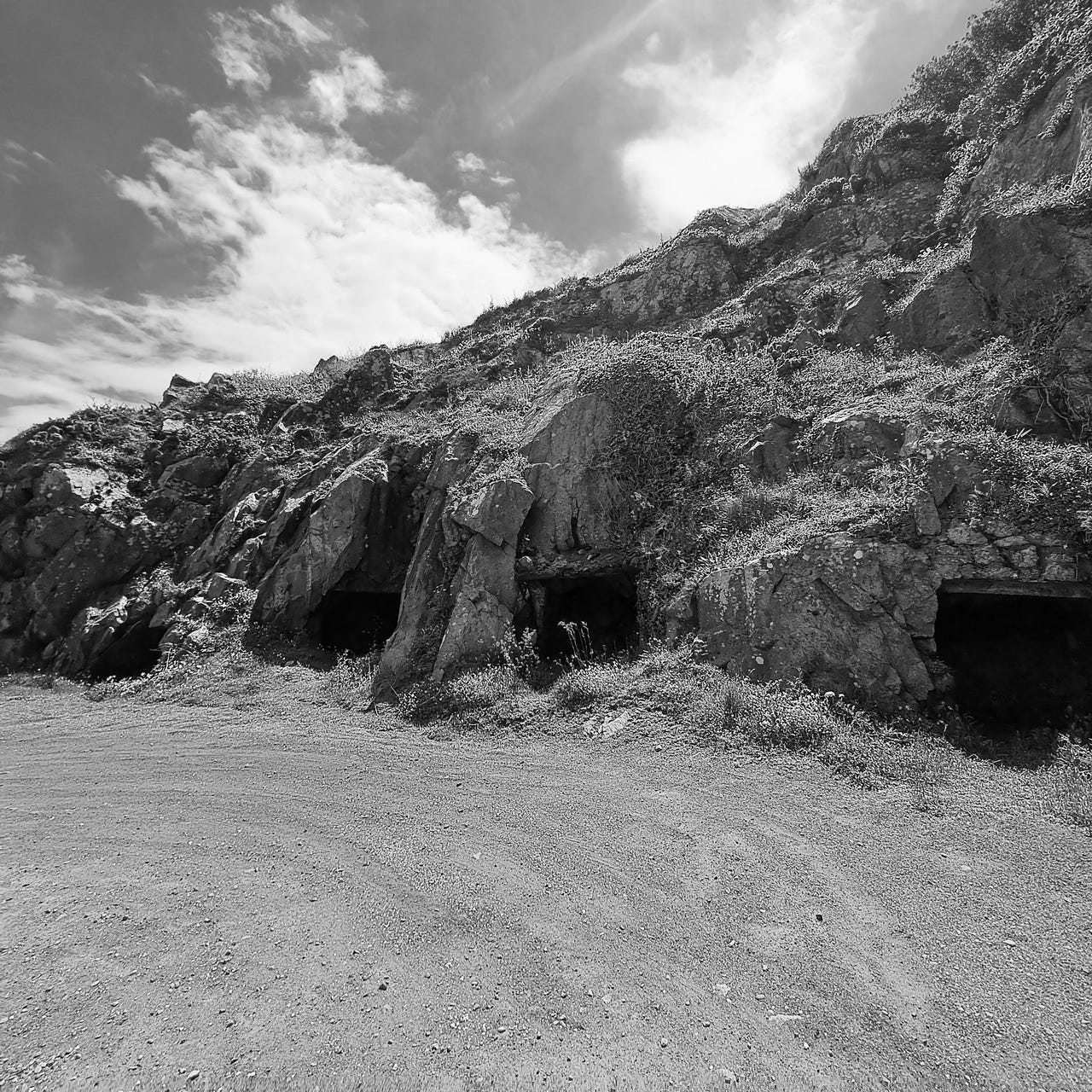
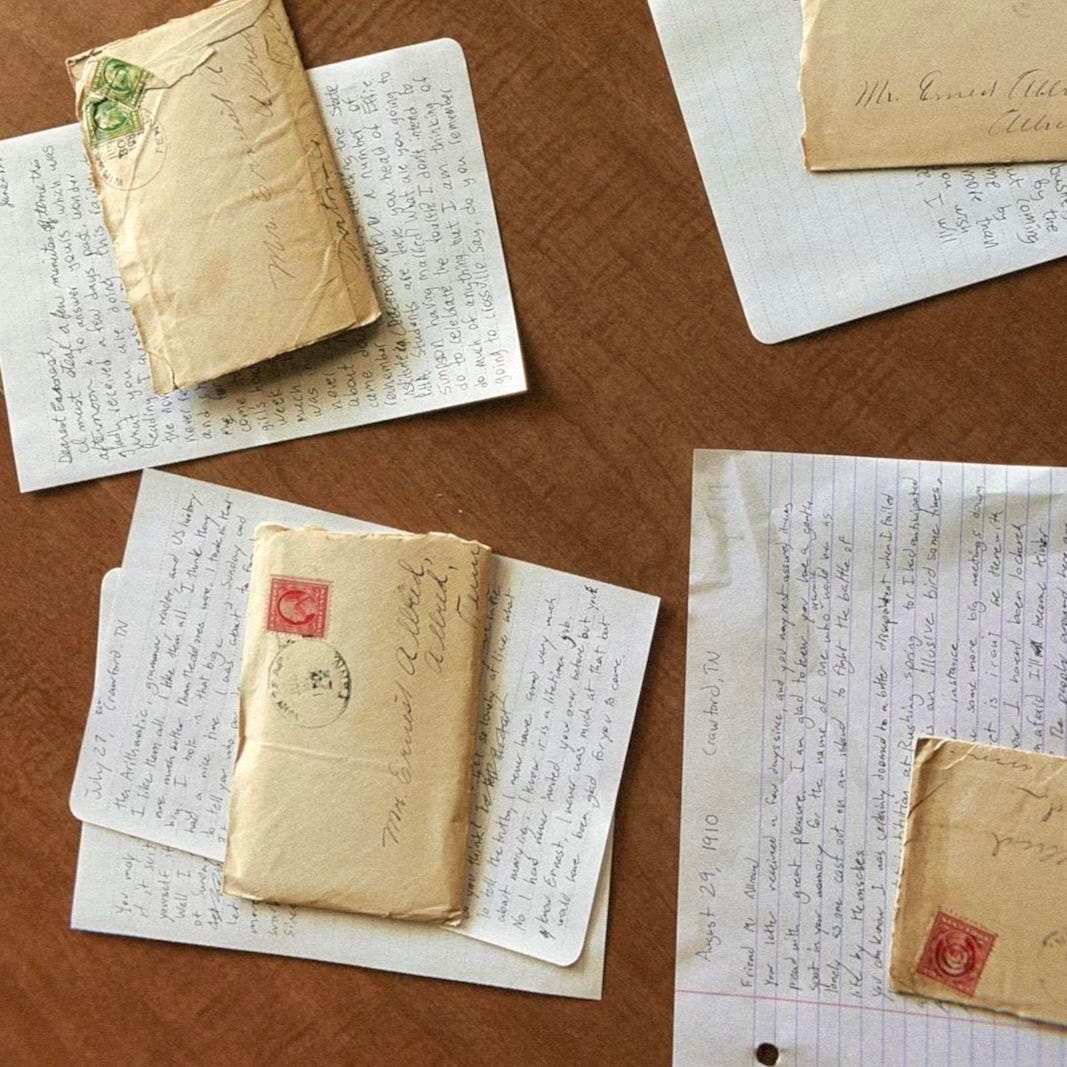
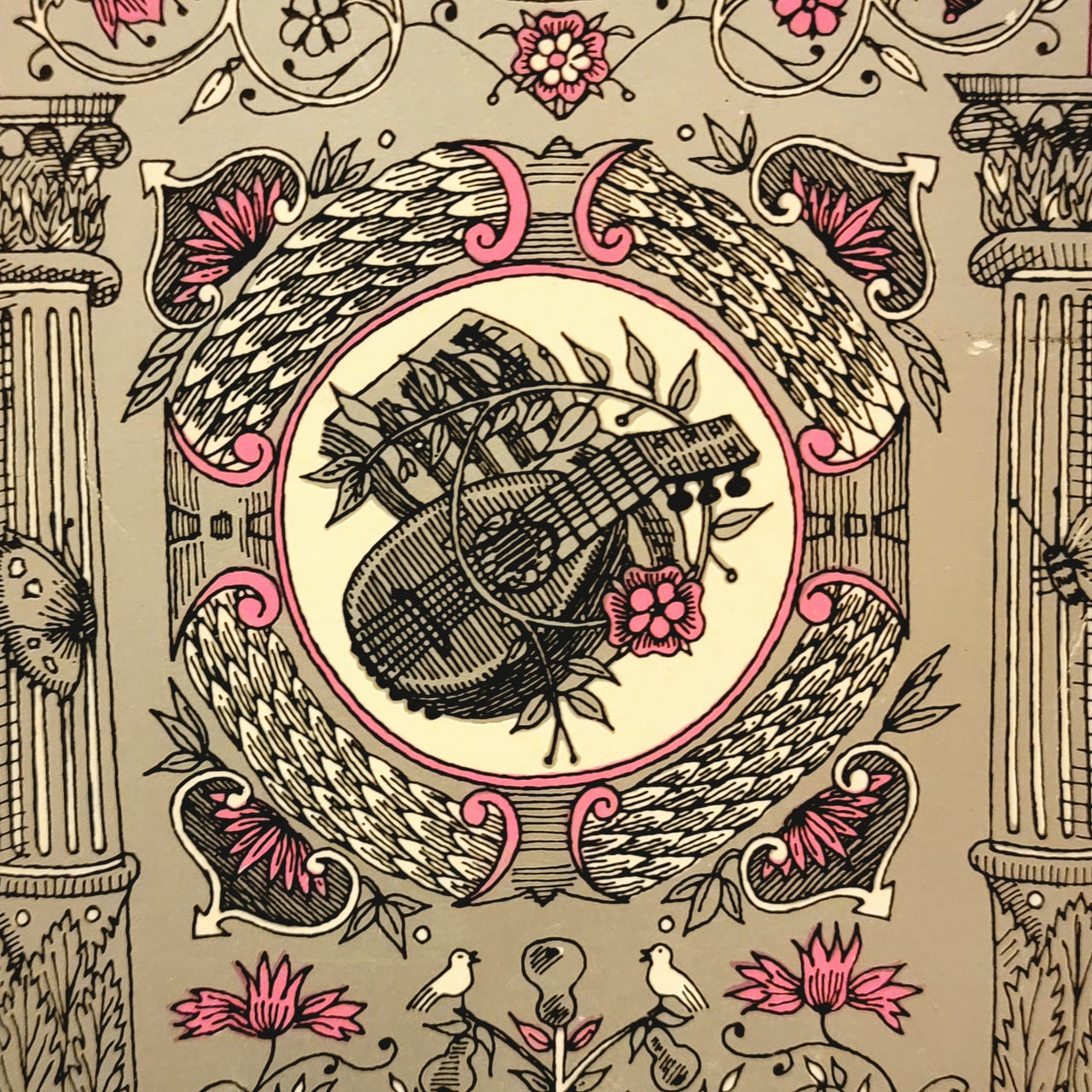
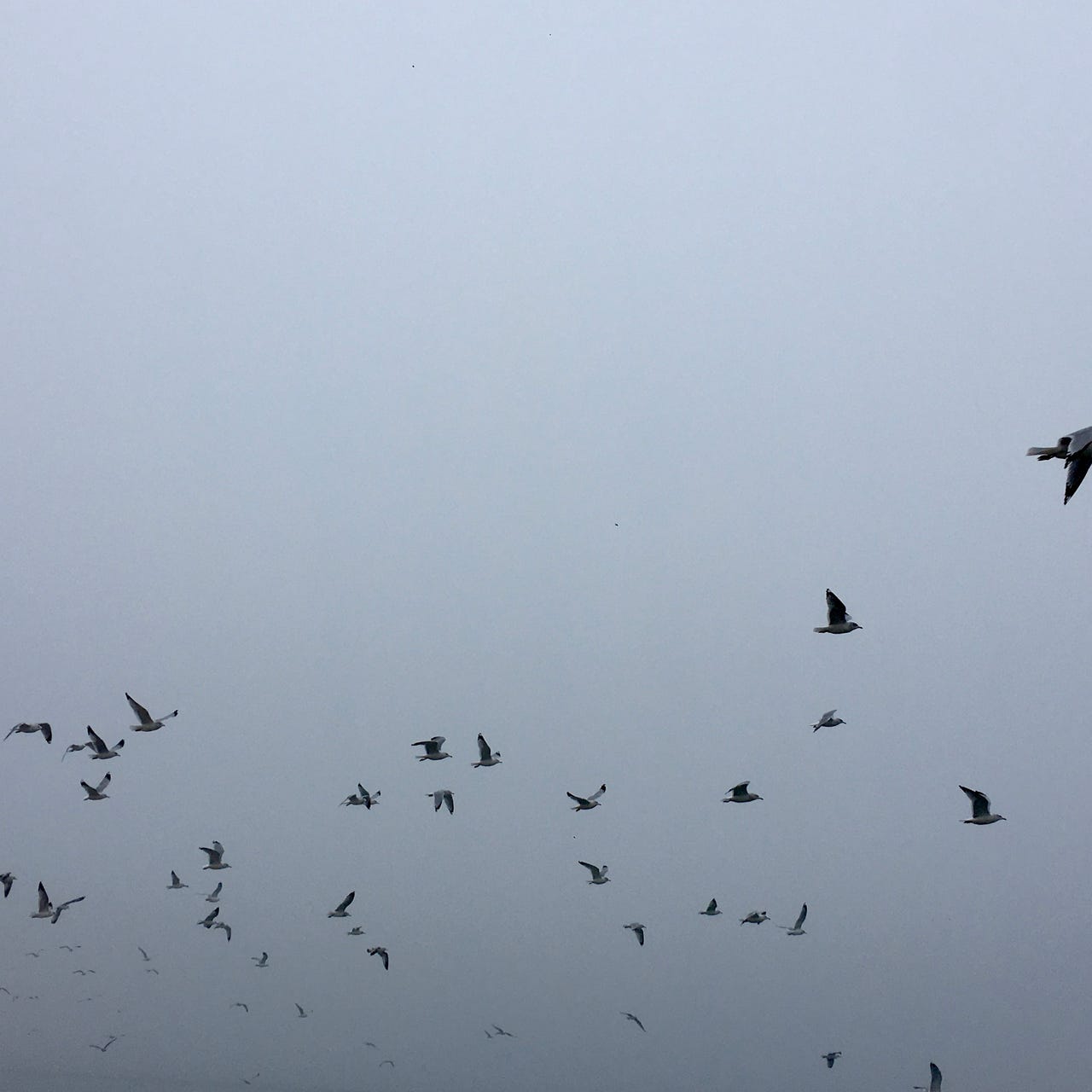

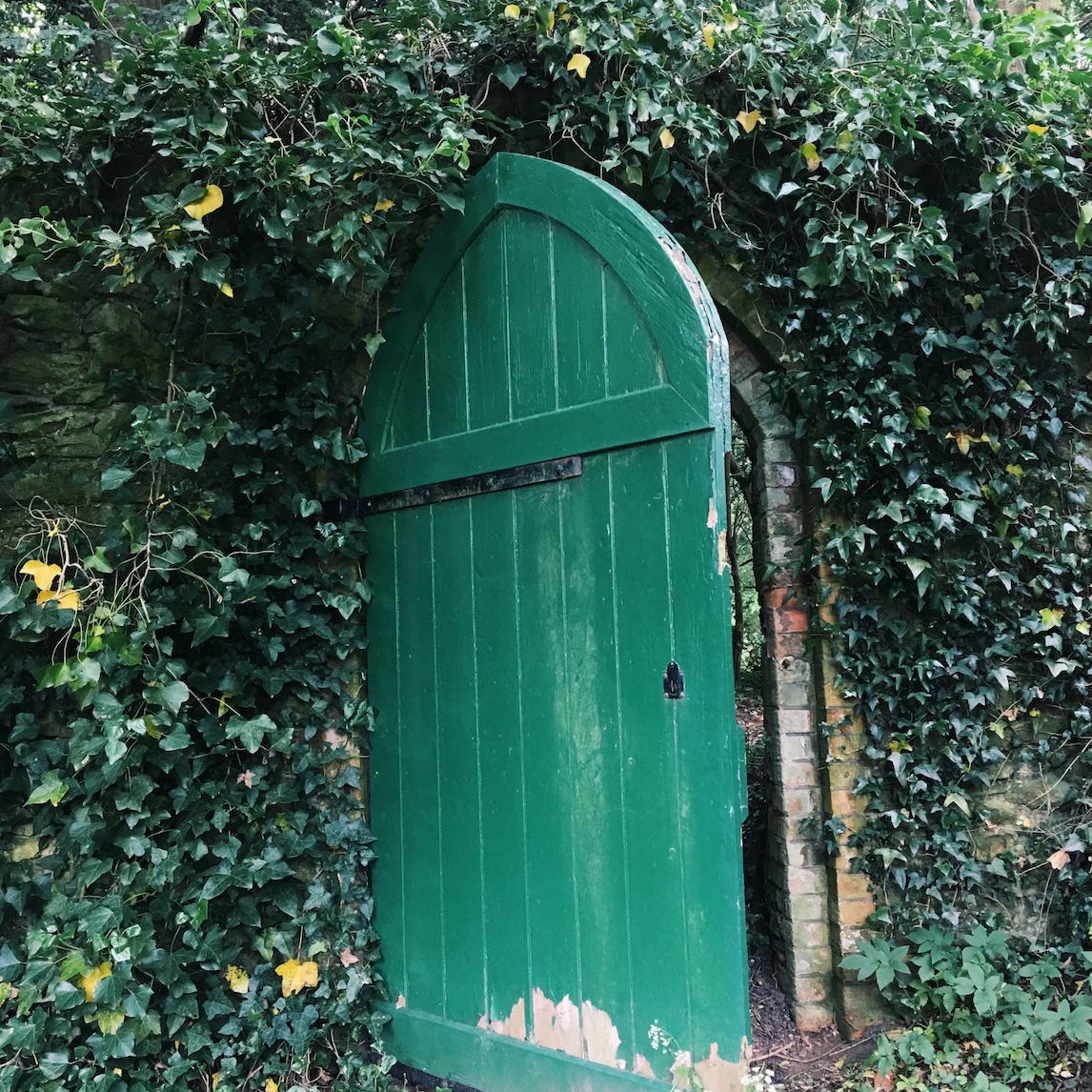
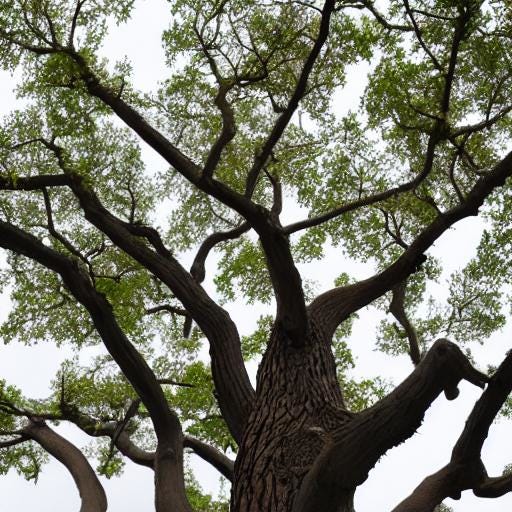
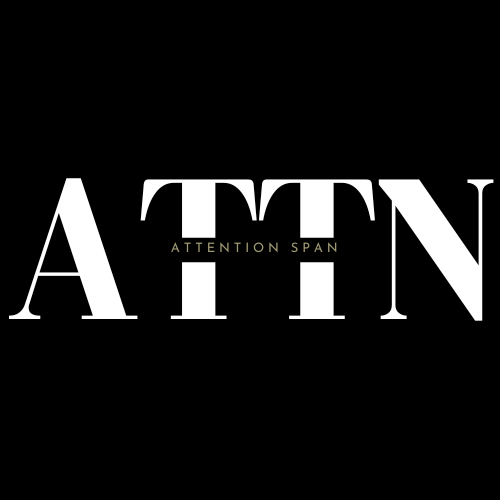

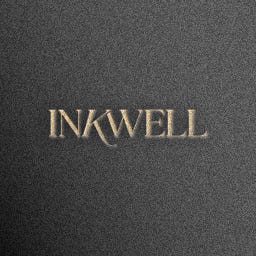
That a high school class read and discussed one of my essays has made me so happy. News like this makes all the hours writing and thinking worth it. Thank you so much Olivia.
Co-opting your readership has been my unilateral goal since day one